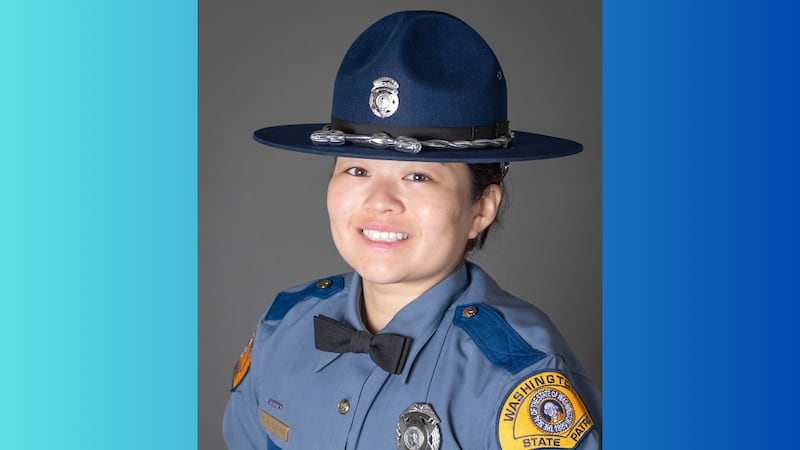An international group of scientists are working to save ailing orca J50, a difficult process considering that she’s wild and can’t be examined. But scientists are feeling a bit hopeful after discovering her alive this past week and administering antibiotics with a dart gun.
"So far we've managed to collect a couple of samples to do some diagnostic work to figure out what's actually going on," wildlife veterinarian Dr. Joe Gaydos told KIRO Radio. "Then we've been able to get two doses of a long-acting antibiotic into her through a remotely-delivered dart."
“Part of the priority is getting a de-wormer into J50, though it’s not the only problem impacting the orca’s health.”
The difficult issue for veterinarians and scientists is assessing the orca’s health from afar. Data must be attained piecemeal, and they can only fix likely problems that are exacerbating the orca’s health, without knowing the root cause.
“We don’t think that parasites are the main problem that Scarlet’s experiencing right now,” Dr. Gaydos said. “But we have collected fecal samples, and had people do the molecular work and figure out that the fecal samples came from her mom J16.”
Dr. Gaydos noted that the samples showed a high level of a very common parasite called contracecum. Since the mother is likely sharing her prey with J50, she probably has it as well.
“Parasitism is not why she’s thin and struggling right now. But it is one more burden and if we can remove that burden by giving her an anti-parasite medication, then that’s going to help a lot.”
How to help a wild orca from a distance
“The truth is we really don’t know what’s going on with her. As veterinarians, it’s ideal to first get your hands on an animal, give them a physical examination, run some blood work, and do an x-ray,” he said. “Obviously, with a free-range killer whale that’s still moving with her mom and pod, we’re just unable to do that.”
The list of possible health issues could range from a congenital hernia to bacterial pneumonia to a problem with J50’s hearing, where she’s unable to echo-locate effectively and find prey, thus relying on her mom for food.
“Without a diagnosis, it’s really hard to form a treatment plan. Now we’re asking, ‘What are the things that we think we can do without having a definitive diagnosis?”
The veterinarians are doing what they can without capturing her, and want to keep her in her habitat as much as possible. If they feel an examination is crucial, that may be an option down the line. Still, Dr. Gaydos is heartened by everyone working together to save the animal, and hope the effort draws attention to the orcas’ challenging environment.
“What’s unusual in this circumstance is that we have a population of whales that are highly endangered, and we still need to treat the underlying problems for these whales, which is decreasing noise, increasing the amount of salmon, and getting toxins out of the system,” he said.
“She’s a young female, and she’s going to grow up and be one of the breeding animals for this group. So her life is extremely valuable, and when you get to these small numbers, even the lives of a few animals can make a difference.”
Cox Media Group






